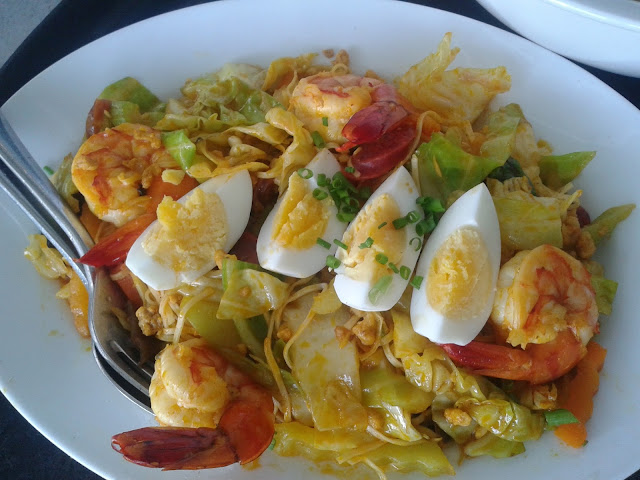Watercolor painter Eileen Escueta does commissioned portraits on 14" by 20" paper, with frame included.
Eileen
Escueta, a watercolor teacher at Ayala Museum and Fully Booked, appeared relaxed and
comfortable with her business manager Lydia Cosico while Ayala Museum’s curators
were busy hanging her 36 framed art pieces in time for opening night the
following day. Escueta’s sixth solo
exhibit titled “Waterdance” ended last June 2015. Running solo exhibits is a feat that newer
artists can only dream of.
“The first
hurdle for an artist would be to put together a body of work that is worth
showcasing,” starts Escueta. She
suggests developing anywhere from 20 to 30 artworks or more.
With regard
to framing the pieces, Escueta says that it really depends on the subject matter. More traditional pieces would require
framing.
“If you are
showcasing work on gallery-wrapped canvas, it does not need to be framed….If
it’s modern work, it would suit the work.”
She also
clarifies that there is a misconception that watercolor paper will not last as
long as canvas. “The misconception that
it (watercolor paper) doesn’t last long isn’t correct. It depends on the quality of the material.”
Escueta
shared how she managed to get her contract at the Ayala Museum. She applied at Ayala Museum to have an
exhibit at Artist Space two years ago.
Aside from the application form, she was required to present a portfolio
of previous works. She showed around 20
pieces. It was the museum that
eventually suggested that she add portraits to her collection.
Escueta uses
two mediums in portraiture, watercolor and acrylic on canvas. For around P15,000, she can paint a
watercolor portrait on 14” by 20” paper complete with framing. For acrylic, she charges around P30,000 to
P45,000 on a 24” by 30” canvas. She
usually meets up with the client and takes a few photos for reference.
Contrary to
the typical arrangement where a gallery gets a share of around 30% to 40%
commission from sold artwork, the contract with Ayala Museum is fixed rental in
nature. For a specified agreed amount,
the artist is provided space to display his work and other services such as
curating and security.
“I like this
arrangement because it keeps me in control,” admits Escueta who explained that
there is an international agreement among museums that prevents them from
selling artwork.
She also
gives a hint on what to expect when working with other galleries.
“A
commercial gallery will not represent you and put up a show for you if they
think that you will not sell -- because it’s a business.” If the
gallery is unsure about selling an artist’s work, they may ask him to consign a
few pieces first so they can try to sell it.
If it clicks, they may consider a bigger exhibit.
Escueta
observes that many new artists are not aware about the business aspect of
selling art. She encourages new artists
to have a body of work, to keep on working, and to start a fund. She says there are expenses to consider and
one also needs to build relationships with suppliers and other people who can
help advance an artist’s career.
For example,
some inexperienced artists will price their work too high and end up not
selling anything.
“Price is a
delicate subject that’s why I have a manager,” clarifies Escueta. Her friend Lydia Cosico is also a painter and
she helps negotiate deals for Escueta.
Escueta says
that the pieces in her “Waterdance” exhibit at Ayala Museum were reasonably
priced from P12,000 to P48,000.
She
reiterates the need to understand one’s target market very well. It is worth noting that Escueta is also a
human resource trainer by profession and displays a keen understanding of
relationships and the importance of developing one’s network.
Furthermore,
as an artist who already completed her sixth solo exhibition, it is not hard
to believe when she says, “I’m an artist who understands business.”
























